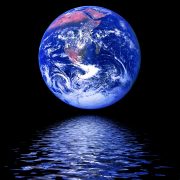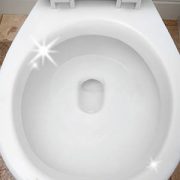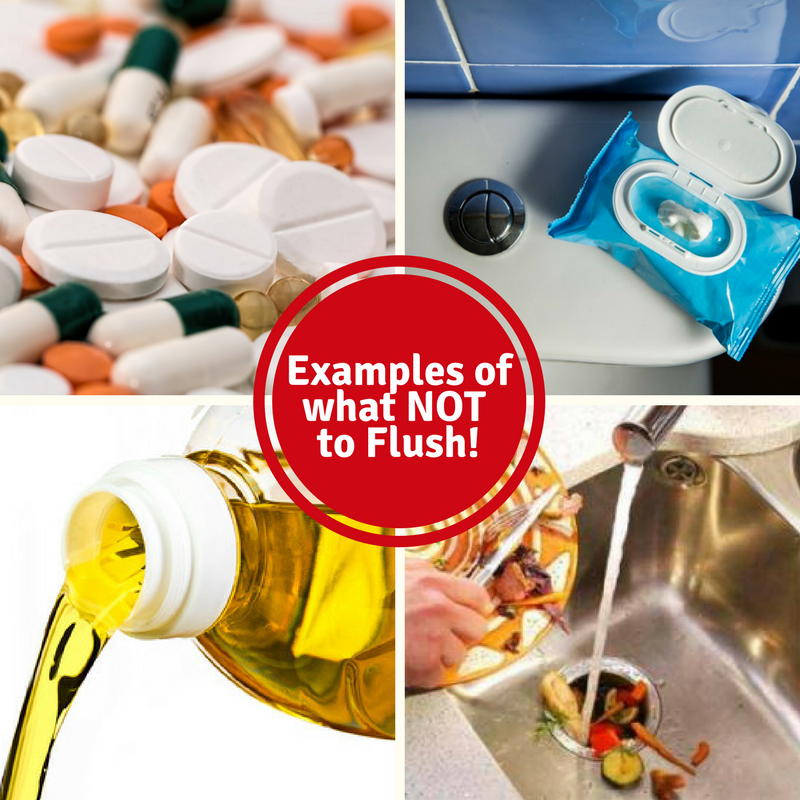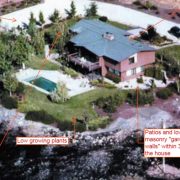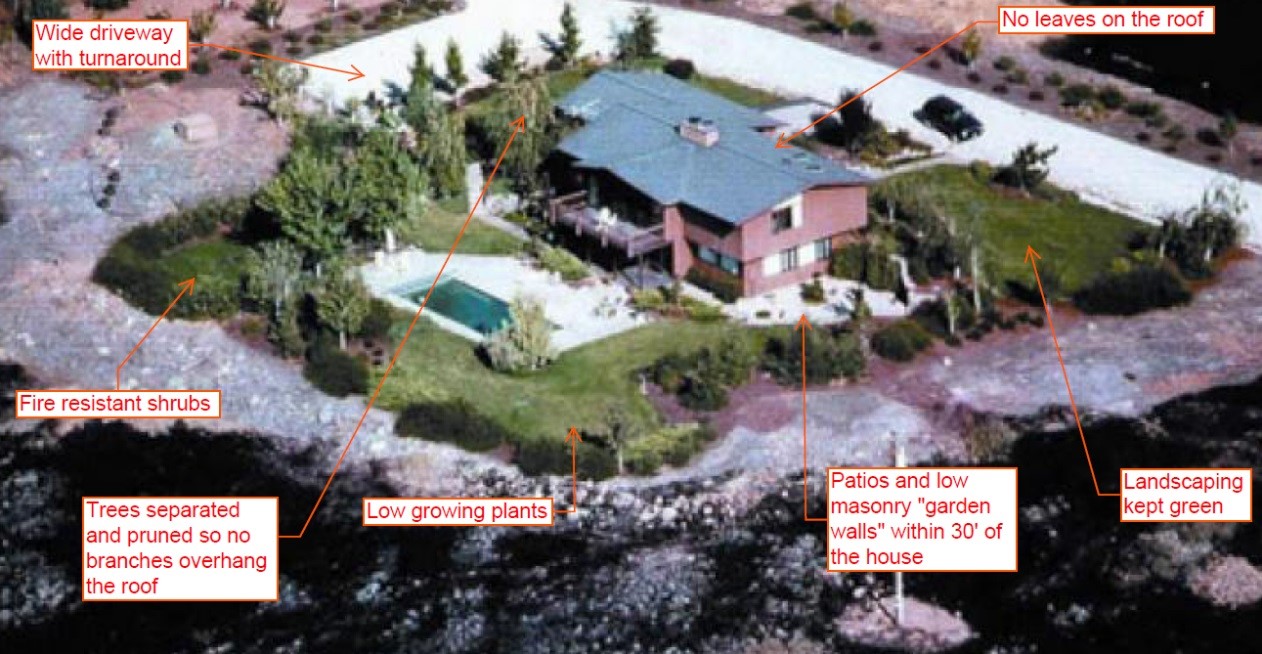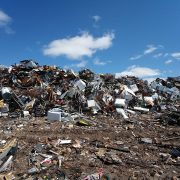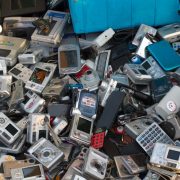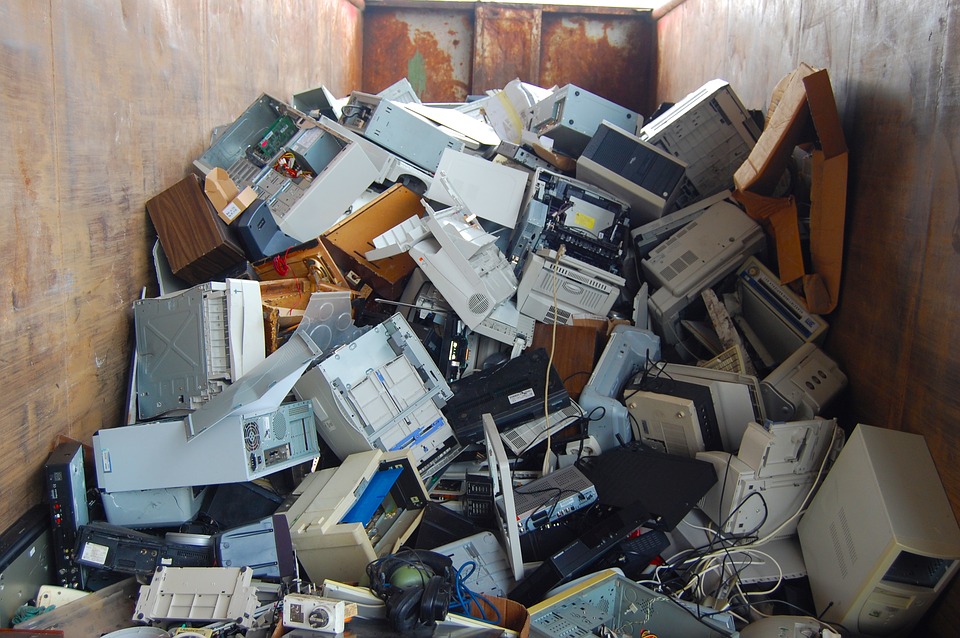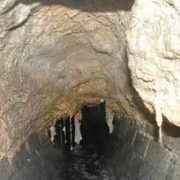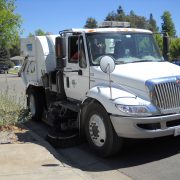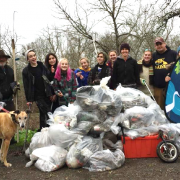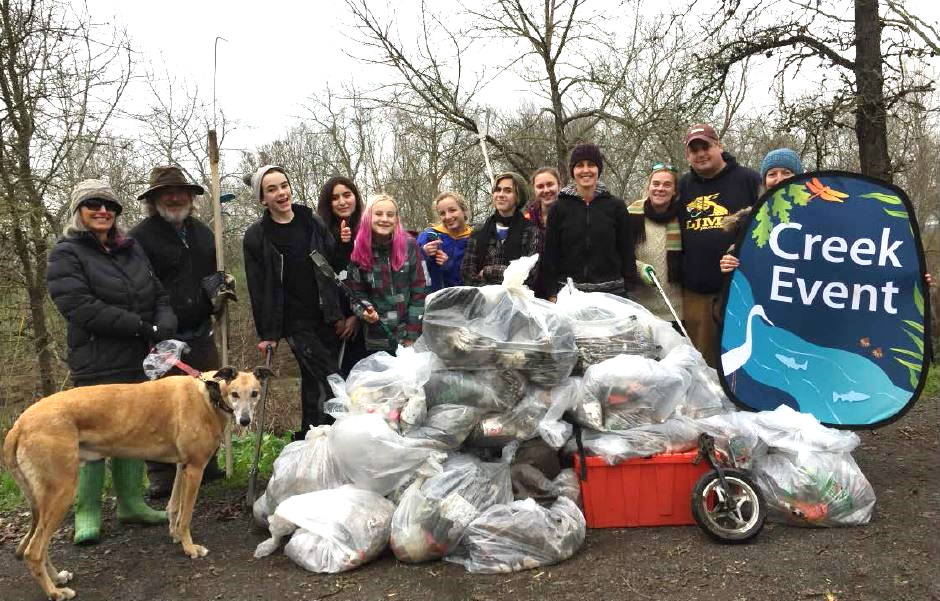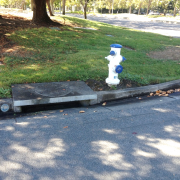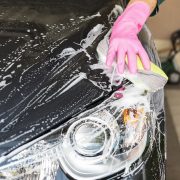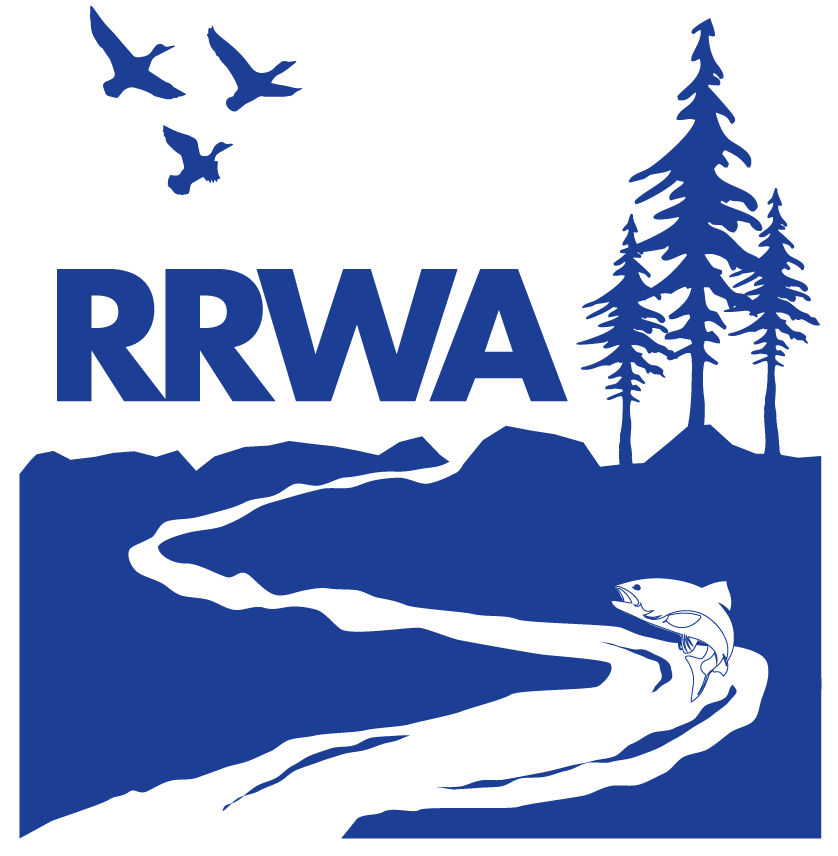Let’s Celebrate Earth Day!
Earth Day is coming upon us! Do you know what that means? April 22nd marks the day we get to focus on the environment, learn more about conservation, be out in nature, and promote a healthy, sustainable environment.
What is Earth Day?
Earth Day started on April 22, 1970 when a U.S. Senator from Wisconsin and Earth Day founder, Gaylord Nelson witnessed devastation caused by the 1969 oil spill in Santa Barbara, California. Senator Nelson and his co-chair, Congressman Pete McCloskey recruited Denis Hayes from Harvard to coordinate a national staff of 85 who promoted events across the United States. On the first Earth Day, 20 million Americans rallied together to demonstrate for a healthy, sustainable environment and protect against the deterioration of the environment. This became the start of the environmental movement and led to the creation of the United States Environmental Protection Agency and the passage of the Clean Air, Clean Water, and Endangered Species Acts.
In 1990, Denis Hayes organized an Earth Day that went global with 200 million people in 141 countries taking part and addressing environmental issues.
Earth Day is now a celebration of the environment and an opportunity to raise awareness on conservation and sustainability on all forefronts of environmental topics such as water, energy, air, and wildlife. This year’s Earth Day theme is plastic pollution.
Earth Day 2018 Campaign – A World Without Plastic Pollution
We all know plastics have been a blessing and a curse. They are durable, low cost, and easily shaped. They show up consistently in our daily lives and can range from, a candy wrapper to a computer monitor. Plastics are all around us. But with its permanent characteristic, single-use plastics have become increasingly on the spotlight for being litter on our beaches, creeks, streams, landfills, and landscapes. Single-use plastics that we use in our daily lives such as plastic cups and bottles, bags, and straws have become some of the biggest polluters and have been found to injure and poison marine life.
Although plastics seem like a mammoth polluter, there are things you can do in your daily life and on Earth Day to decrease single-use plastic pollution! Here are some tips!
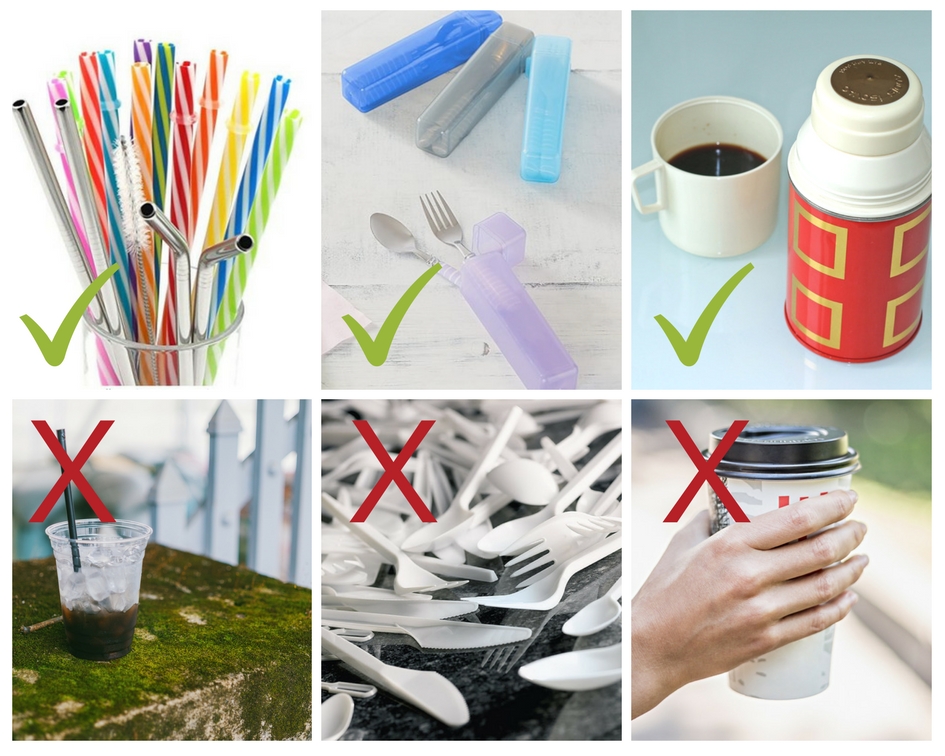
• Skip the Straw — National Skip the Straw Day was February 23 but that doesn’t mean you can’t continue to take part! 500 million straws are used and discarded every day which add up to 175 BILLION straws per year in the United States alone. Say no to plastic straws at restaurants or bring your own reusable straws.
• Say no to disposable plastic cutlery — Again, these will last much longer than your take out dinner.
• Bring your Own Cup — Do you love your local coffee house and your morning coffee or frappe? Buy one of their reusables thermoses or bottles. Those plastic lids and cups will last much longer than your day use.
• Save money and carry a reusable water bottle — Check out our May 2017 Environmental Blog post for more information: www.rrwatershed.org/water-bottle-shock/
• Buy local — When buying local, less packaging is used to get your goods to you!
• Carry your own shopping bag — Whether you are in the grocery store or the mall, use your own shopping bag to cut down on your waste.
• Participate in a clean-up — There are many beach, creek, and park clean-ups that occur every week, month, and year.
• Recycle when you can — Waste management agencies are increasing the types of trash that can be recycled. Check with your local agency to see what you can recycle:
Mendocino County – http://www.mendorecycle.org/
Sonoma County – http://www.recyclenow.org/
Take Part!
This year there are many events occurring in Sonoma and Mendocino County. Search below to find events in your community.
Volunteer
Volunteer for Earth Day – Sonoma Creek (April 21) –
http://parks.sonomacounty.ca.gov/Play/Calendar/Volunteer-for-Earth-Day-April-21-2018/
Volunteer on Earth Day at Riverfront (April 22) –
http://parks.sonomacounty.ca.gov/Play/Calendar/Volunteer-on-Earth-Day-at-Riverfront-April-22/
Volunteer on Earth Day at Maxwell Farms (April 22) –
http://parks.sonomacounty.ca.gov/Play/Calendar/Volunteer-on-Earth-Day-at-Maxwell-Farms-April-22/
Earth Day Bike Path Cleanup (April 22) with Sonoma County Regional Parks and Sonoma County Bicycle Coalition – http://www.bikesonoma.org/
Festivals
Noyo Food Forest — April 21, 2018 from 12pm – 5pm in Fort Bragg: A benefit for the learning garden at Fort Bragg High School Campus http://noyofoodforest.org/earth-day/
Earth Day on Stage — April 21, 2018 from 12pm – 4pm in Santa Rosa: FREE family-friendly event with live performances, local and earth friendly products, and eco-friendly crafts and activities for kids! https://www.sonomacounty.com/sonoma-events/santa-rosa-earth-day-festival
Windsor Earth Day and Wellness Festival — April 22, 2018 from 10am – 1pm in Windsor: Bike to the Town Green for live music, wellness and environmentally-focused booths, famer’s market, children crafts, and more!
https://www.sonomacounty.com/sonoma-events/earth-day-and-wellness-festival

